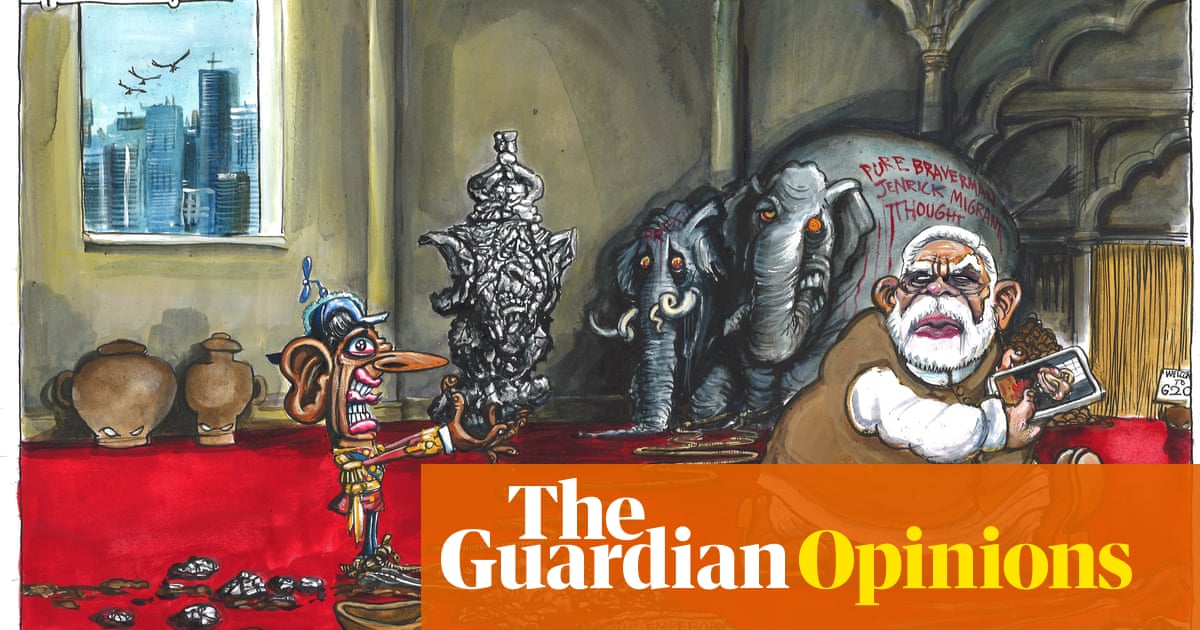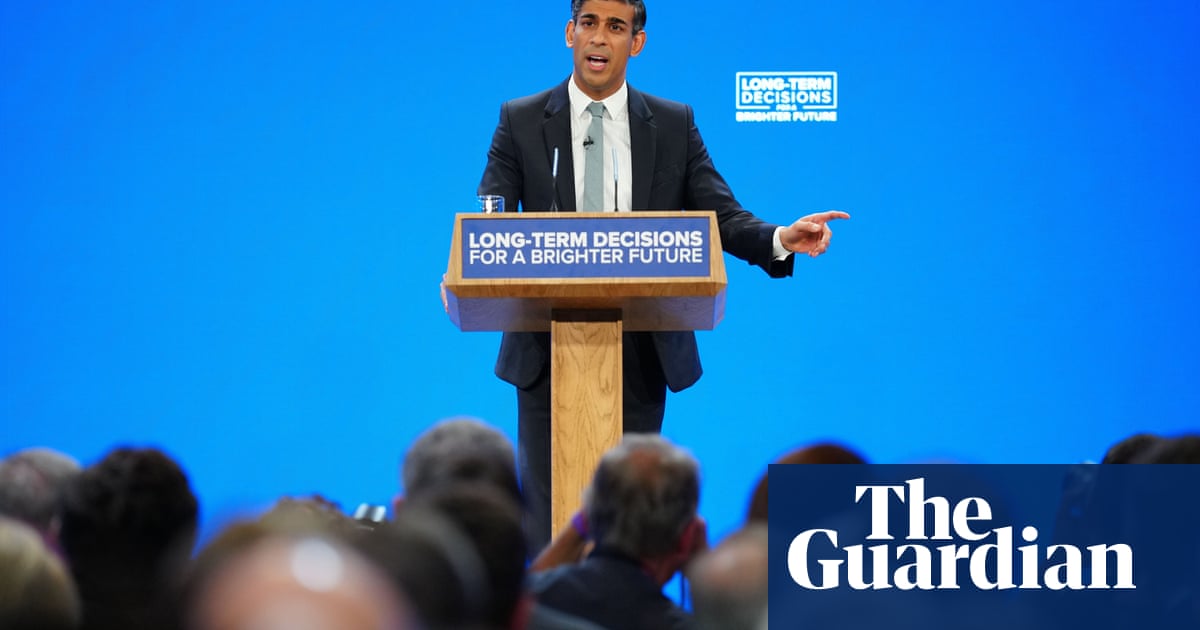
An air of optimism pervades the Acropolis Museum. Blown in on a breeze from Britain, it has come to fill its cavernous lobby, corridors and upper gallery, home of the embodiment in marble of the glory that was the golden age: the Parthenon sculptures.
In a week when the row over the fifth-century BC antiquities has erupted with renewed vigour, the goalposts have moved in unexpected ways. Which is why Nikos Stampolidis, classical archaeologist by profession, and for the past two years the museum’s director, is in ebullient mood. “It has been a magnificent week,” he told the Observer. “I think it’s fair to say events are moving us forward and are in our favour. I’m hopeful and very optimistic.”
Over the past 24 months, Greece’s quest to reunite the treasures – bought by the British Museum in 1816 from a bankrupt Lord Elgin, who himself acquired them in circumstances deemed at best controversial – had already evolved in ways not even Stampolidis could have dared to imagine. First came Italy’s return of the Fagan fragment, an inaugural repatriation by one state to another of part of the monumental frieze that once adorned the Parthenon, the Acropolis’ predominant temple, built in honour of warrior-goddess Athena.
Then came the “gifting” of three more pieces from the Vatican: groundbreaking gestures in the campaign to have the treasures restored to the place where they were carved. “But it was something else, too,” said the director taking in the plaster casts that, within view of the Parthenon, stand in place of the “exiled” marbles now in London. “This great sea-change in sentiment in Britain that could not go unnoticed.”
In Athens, the outcry that has followed British prime minister Rishi Sunak’s abrupt cancellation of talks with his Greek counterpart Kyriakos Mitsotakis – and accusation of trying to “grandstand” over the artworks – is seen as manna from heaven. For Greek officials, Sunak’s diplomatic “blunder” has not only backfired but been an unprecedented boon for a campaign that, overnight, has received more global publicity than at any other time.
Even denizens of the UK’s “anti-woke” media have, officials point out, changed tack. The outspoken TV presenter Piers Morgan, who long advocated for the sculptures’ retention, concluded last week that the time had come for “this great art [to] be properly reunited in its natural habitat”. Mitsotakis’s argument, aired in a BBC interview two days before he was due to meet Sunak, that keeping the antiquities divided was tantamount to cutting “the Mona Lisa in half” had been “persuasive”, Morgan noted.
But more vividly it was the decision of King Charles to don a tie and breast handkerchief festooned with the Greek flag as he delivered the opening speech to the Cop28 climate summit on Friday that sealed any doubt that the row had benefited Athens.
At a time of dramatically shifting landscapes in cultural diplomacy, when restitution claims of disputed artefacts were being met worldwide, it was hard not to see the monarch’s sartorial choice as sending a “clear message”. In his last official trip to the country of his father’s birth, Charles had confessed to a “profound connection” to all things Hellenic, and joked about his “Greek blood”.
“No amount of money that the Greek government could have thrown at the campaign would have helped as much,” said Irene Stamatoudi, a professor of cultural heritage law at the University of Nicosia. Not since the early 1980s – when the former culture minister Melina Mercouri first demanded they be restored to their homeland – had the drive to retrieve the marbles been so alive.
“At first it was hard to understand why the leader of a country with such a tradition of debate would eschew discussion [with Mitsotakis],” she said, adding that in 30 years of advising governments in Athens she had never seen such interest in an issue so integral to Greek identity. “But then it became very clear that what had happened had put the debate on the map. The request for the marbles is the oldest restitution claim in the world. At a time when so many in the UK now support it, people are beginning to ask ‘why?’”
Greece had been very clear, she added. It wanted nothing more than pieces that had once decorated the Periclean masterpiece that is the Parthenon. “We don’t even want the caryatid back because that adorned the Erechtheion [temple],” she said of the maiden statue also removed by Elgin and displayed in the British Museum.
The marbles were paramount because the Parthenon was so symbolic. In 1837, seven years after Greece won independence – almost three decades after the Scottish diplomat had the antiquities dismantled when the still stateless nation was under Ottoman rule – the Greek Archaeological Service held its first meeting amid the temple’s ruins because of its significance.
Anglo-Greek tensions will soothe in time. Mitsotakis says he wants to put Sunak’s snub behind him, and in George Osborne, the British Museum’s chair, he appears to have found an ally. On Thursday, as the row rumbled on, the former chancellor revealed that, if anything, the incident had provided the necessary clarity to continue “secret” talks with the Greek government over a loan deal that would see all manner of treasures being sent to London in return for the marbles heading back home. “We obviously know we’re not going to get any particular support from the Conservative government,” he said, referring to Sunak with thinly veiled disdain in his podcast Political Currency.
Few in Athens would have predicted the institution being cause for optimism in the past. But at the Acropolis Museum last week, it was Osborne, and the British Museum, that raised hopes of the cultural row being resolved – on a horizon that has, just about, become visible.












